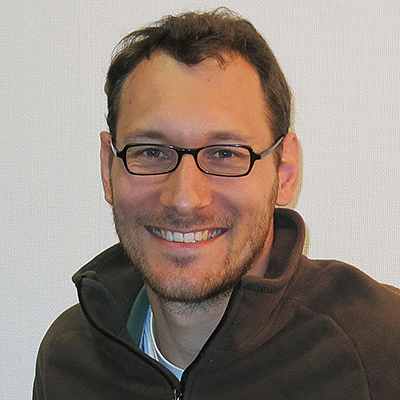“Mathematics helps us to understand biological organisms in their entirety”

Prof. Wirth, what scientific topic are you working on right now?
My work is divided into three thematic areas. The first deals with mathematical image processing. Here, for example, my research group and I look at microscopy images whose quality is not very good. We think about how we can improve them and develop the corresponding algorithms or a piece of software. Another area concerns patterns – which is a very traditional mathematical topic. There are patterns everywhere – but why do certain patterns arise at all? Taking a closer look at the branching patterns of blood vessels, for example, we examine how coarse or fine the artery pattern should be for the blood flow to function as efficiently as possible. The third area deals with shapes – for example the shape of biological cells or of organs. We develop techniques for capturing shapes mathematically and evaluating them statistically. The shape that organs have may provide information on whether they are healthy or diseased.
What characterizes you personally as a scientist?
I studied mechanical engineering in Aachen, specializing in chemical engineering. The course covered a broad spectrum, and I learned something about physics, chemistry, technology and mathematics. I also learned how to think in an interdisciplinary way. In parallel I studied mathematics and computer science at the Fern-Universität Hagen. In addition, when my wife applied to do a master’s degree in mathematics at Oxford I followed her example. After my studies I followed her to Bonn, where I did my PhD at the Mathematics Cluster of Excellence. I’m married and have two children who go to nursery school and who both keep me quite busy. We often go to the zoo, to museums or to the puppet theatre. Unfortunately, visits to concerts or to the theatre are hardly possible for us parents at the moment.
What’s your great aim as a scientist?
I have an abstract aim: I want to solve difficult problems and develop beautiful theories. I also want to contribute to an understanding of biological organisms in their entirety. Mathematics is a good tool towards that aim.
Can you remember your happiest moment as a scientist?
Often it’s the small moments in everyday life that make me happy. If I’ve managed to find a mathematical proof, for example. What I was especially delighted at, though, was to receive the Alfried Krupp Prize. Although I was aware that I had been nominated, I had not expected to get it. Then one day the news suddenly reached me via a telegram that lay on my desk. I can fund several PhD students and post-docs with the prize money.
Which scientific phenomenon still regularly fascinates you today?
Morphogenesis has fascinated me ever since I started looking at biological topics. It really is impressive how organisms or whole bodies develop.
Which unsolved scientific question would you like to have an answer to?
Although I rarely get in contact with complexity theory in my everyday work, it’s something that fascinates me. The basic question behind it is whether a problem's solution can be calculated quickly or not. For certain very important classes of problems, this has not yet been fully understood – by which I mean through rigorous mathematical proof.

